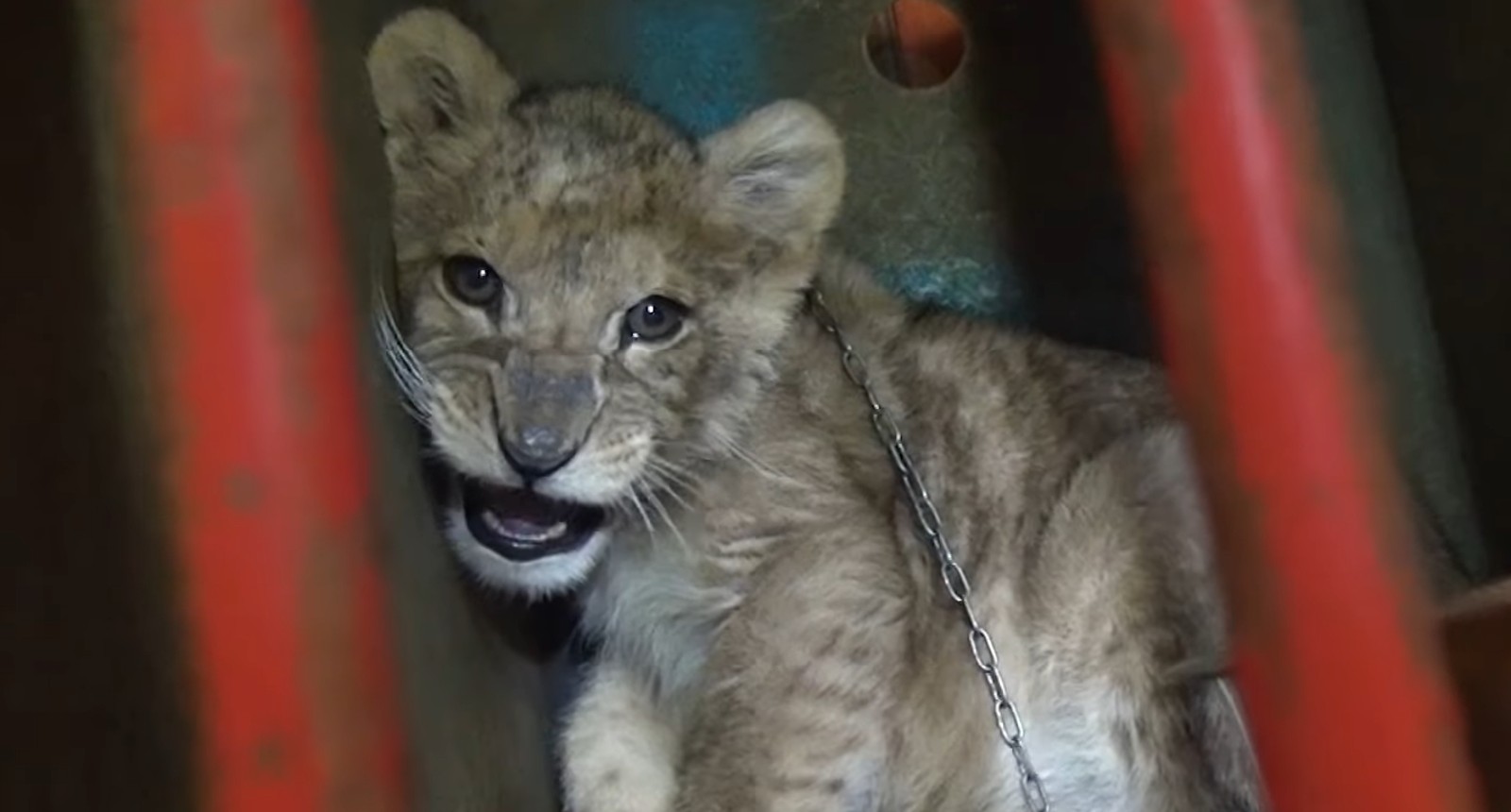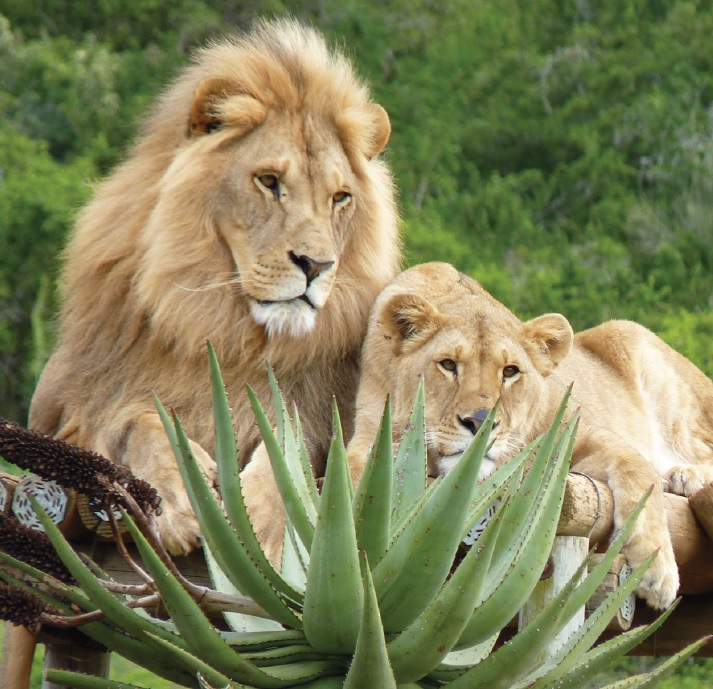Working together to stop animal cruelty on social media
Born Free recently joined the ‘Social Media Animal Cruelty Coalition’ with the united aim of addressing the issue of images and videos depicting animal cruelty being circulated on social media. Such materials are being promoted, shared and often monetised by social media giants such as YouTube, TikTok, and Facebook and can attract a massive number of views.

© Fondation 30 Million d’Amis
The Social Media Animal Cruelty Coalition (SMACC), formed in 2020 by members of the Asia for Animals coalition network, is composed of well-known and respected animal welfare organisations with the united aim of addressing animal cruelty videos on social media platforms.
Animal cruelty is not always obvious as it takes many forms. It typically consists of a range of human behaviours performed intentionally or unintentionally that cause animals physical or psychological suffering, which may be immediate or long-term. Videos containing animal cruelty content are frequently posted on social media channels, and while those posted by genuine organisations or individuals as part of valid campaigning, journalistic or educational campaigns, many are intended as a form of sick entertainment.
SMACC seeks to collaborate with social media platforms to end the availability, spread and profitability of animal cruelty content. SMACC collects evidence, writes reports, raises awareness, and offers public advice on what to do if you see animal cruelty on social media, including submitting a report.
On 22nd November, SMACC released its latest report Wild animal “pets” on social media: a vicious cycle of suffering. The report summarises research that identified 840 videos across social media platforms such as Facebook, Instagram, YouTube and TikTok depicting the suffering of wild animals kept as pets, that were seeking likes and shares. The animals in these posts are manipulated for the camera, treated like objects, and kept in unnatural conditions. Yet, they are portrayed as cute or funny. Concerningly, social media platforms are failing to remove this content even when it is reported to them, despite the fact that much of it clearly breaches their own policies. SMACC is hopeful that social media giants like YouTube and Meta will begin to take responsibility for the animal abuse videos on their platforms and remove them.
Born Free is increasingly concerned by the number of wild animals being traded and kept as exotic pets, both legally and illegally. The online pet trade is largely unregulated and is exacerbated by posts on social media that promote the keeping of wild animals, encouraging more people to buy them as pets.

We frequently come across such posts involving captive wild animals as pets or in private ownership. In 2018, King was a tiny lion cub when a video was posted of him on social media being kicked and beaten by an unknown man in France. Thankfully, following investigation by the French authorities, King was located half-starved and cowering in a dirty cage in an apartment in Paris. Born Free provided King a forever home at our sanctuary at the Shamwari Private Game Reserve in South Africa, where he thrives today.
Sadly, not all animals kept as ‘exotic’ pets and exploited on social media will be as lucky as King. Many people will have seen recent media reports about British football fans who travelled to the World Cup in Qatar, and who were apparently invited to a sheikh’s house to play with his collection of exotic pets, including a young lion wearing a collar, seen in a video later posted online, which has now been viewed nearly 4 million times on TikTok.
WHAT YOU CAN DO:
PLEASE DO NOT: intentionally watch, share, or engage with such online video and social media posts. The more views they receive the more they grow in popularity and potential profitability. Even writing comments of condemnation or disliking a post increases its visibility and popularity.
PLEASE DO: report any animal abuse and exploitation content directly to the social media platform it is published on and also report it to SMACC.
READ THE REPORT
* NOTE: The SMACC report contains images that some may find distressing. A censored version of the report is also available to view
